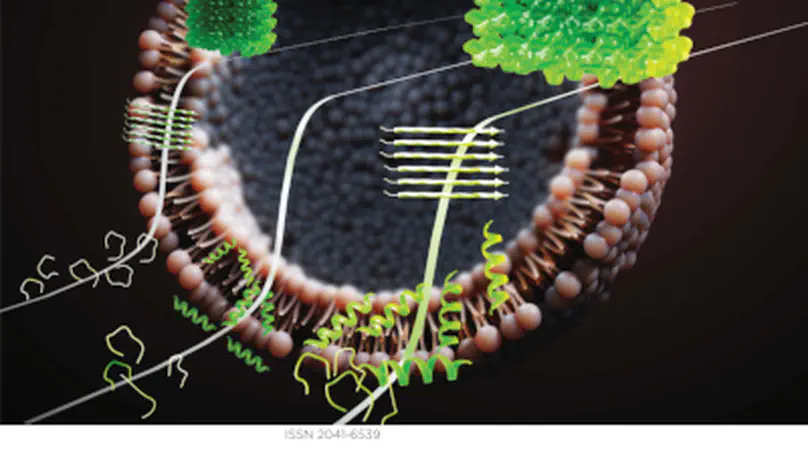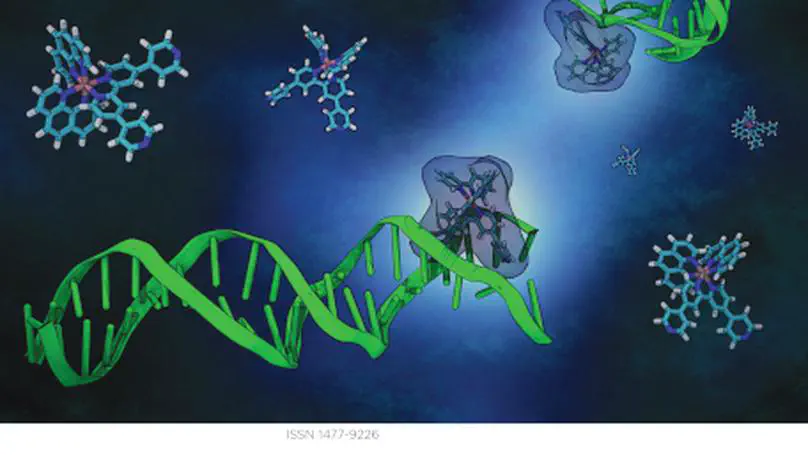Research Highlights

We explore the principles of peptide self-assembly, focusing on how biomolecules organize in solution and at interfaces like nanoparticles and membranes. We aim to develop predictive models of self-assembly that inform the design of programmable nanomaterials. In particular, we study peptide aggregation and the formation of β-sheet-rich amyloid fibrils, which are associated with age-related diseases.

Interfaces, especially those that mimic biological membranes, are crucial to many systems we investigate. Our research explores how biomolecules, including peptides, interact with these interfaces and how these interactions influence processes such as antimicrobial activity and viral infection enhancement. Gaining insights into biomolecule-membrane interactions is vital for understanding biomolecular transport in cellular environments.

Our research aims to manipulate the structural properties of bionanomaterials for applications in targeted drug delivery, biosensing, and cell interaction modulation. We employ DNA origami technology to engineer functional nanoscale materials, achieving precise assembly through DNA strand modifications.